Overview
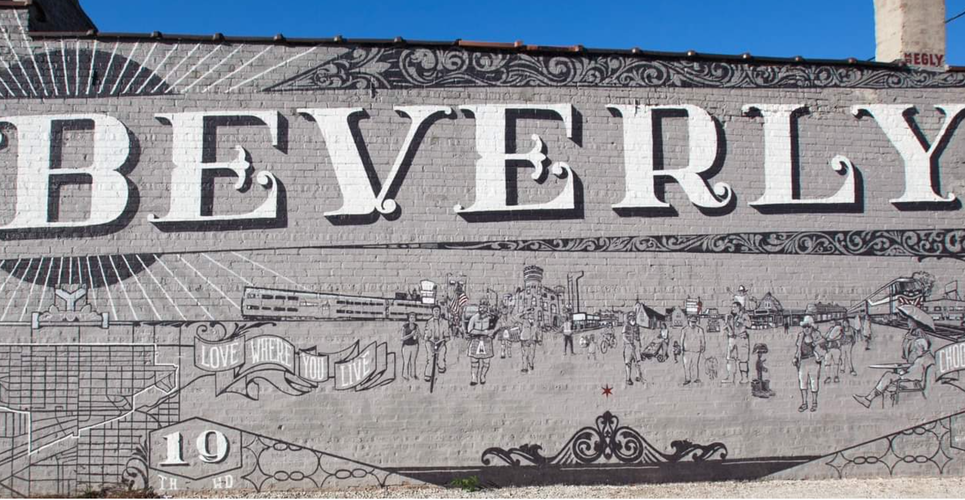
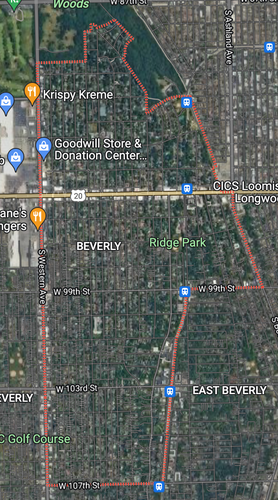
Beverly has a population of 11,844 people. It covers an area of about 1216 acres (1.9 square miles). Its geographic size is comparable to that of a large public 4-year college. It stretches from 87th street to the north to 107th street to the south. Its most western boundary is Western Avenue. North of 99th street, Beverly Boulevard is the eastern boundary. South of 95th street, the Rock Island Metra railway line is the eastern boundary.
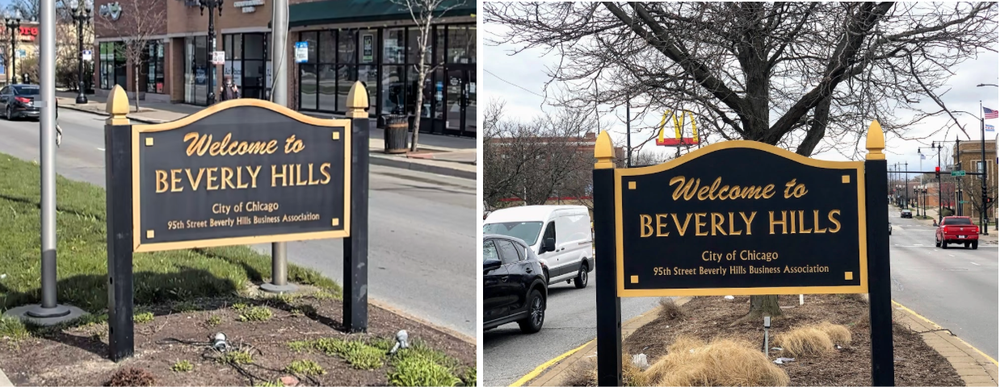
"Welcome to Beverly Hills" signs: The first sign is located east of the intersection of Western Avenue and 95th Street. The second sign is located west of Ashland Avenue and 95th Street. These are the only two signs that let people know that they have entered Beverly.
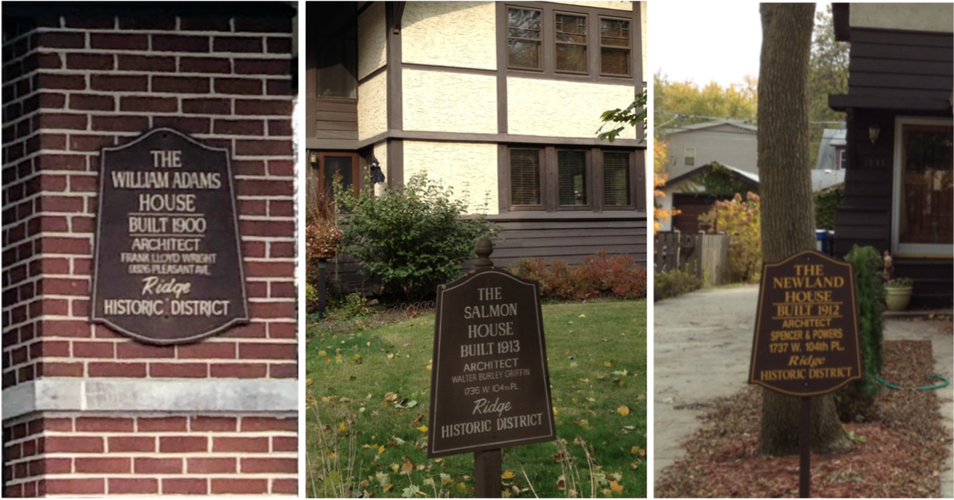
Ridge Historic District Signs: Many blocks in Beverly have a house or two that have a Ridge Historic District sign in front of it. These signs usually list the date the house was built, along with the name of the architect. These signs pay homage to the fact that these homes were built upon the only ridge in Chicago. These signs are only located in two Chicago neighborhoods: Beverly and Morgan Park.

Architecture and Houses: Lots of houses in Beverly are larger plots of land. Some homes have 1 or 2 acres. Not many neighborhoods in Chicago have these big lots (most lots in other neighborhoods are 25 feet by 125 feet). You can find almost every type of architectural design in Beverly. There are 4 Frank Loyd Wright houses. Other famous architects include George W. Maher, Walter Burley Griffin, Daniel Burnham, and Howard Van Doren Shaw. The Frank Loyd Wright houses have the ridge historic district signs too. While there are some apartment buildings in Beverly, single-family homes are the main housing type in Beverly. Other beautiful homes in Beverly lie along Longwood Drive.
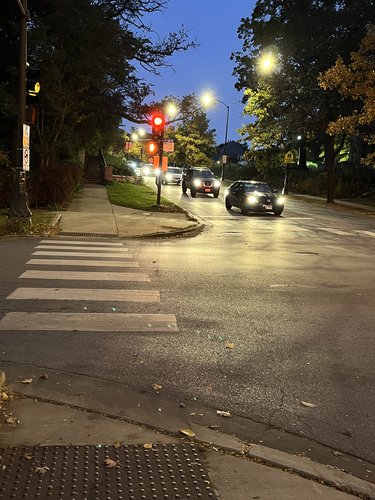
Longwood Drive/Edge of Ridge: Notice the stairs? Beverly is built upon a ridge! For Chicago being so flat, it is definitely unique that Beverly has streets that bike riders struggle to go up. Longwood Drive runs along the edge of the ridge. Longwood Drive has some of the most beautiful homes in Beverly. West of Longwood is the top of the ridge. Although Beverly is not divided into two separate neighborhoods along this edge, it definitely acts as a kind of dividing boundary.
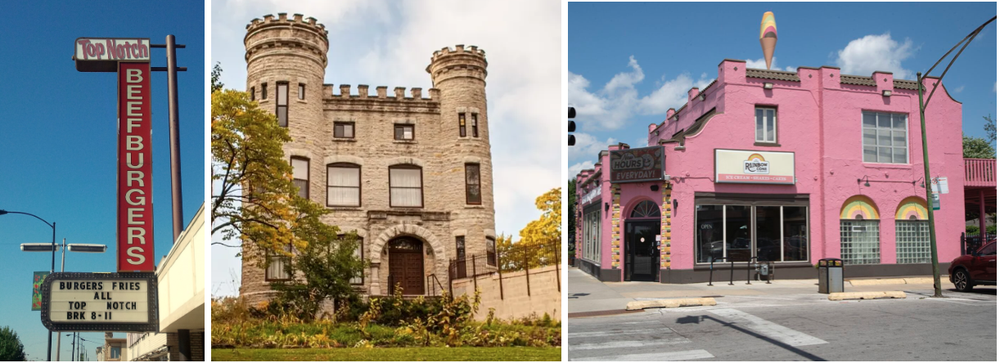
Well-Known Places: You may wonder, "Why is there a castle in Beverly?" You will find out from further exploration on this website. But yes, the castle does stick out, as it is also at the top edge of the ridge. The Original Rainbow Cone on the far right and Top Notch Burgers on the left are two Beverly favorites. Rainbow Cone has quite the design to it, too!

Beverly Shaded in Red
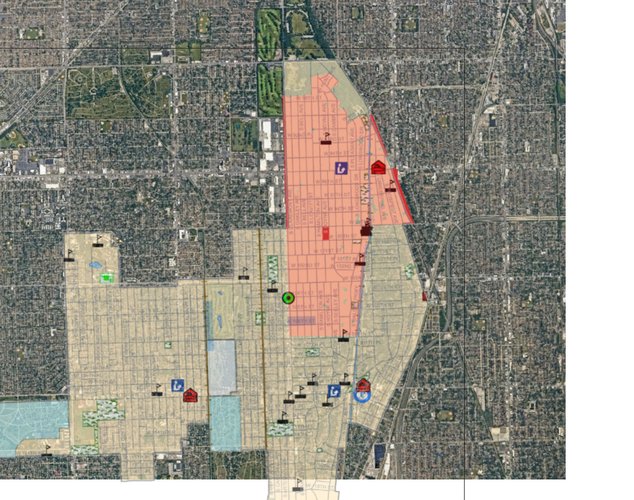
19th Ward Layer: The 19th Ward includes Beverly, East Beverly, West Beverly, Morgan park, and Mount Greenwood. (Beverly, not east or west, is shown in red.

Beverly was not originally in Chicago when it was first made. The neighborhood was originally a part of the village of Washington Heights. It was annexed into Chicago in 1890. It is believed that Washington Heights had the name that it did due to the ridges that quite literally gave the area "height". The rock island railway line began running around the 1870s. Stations that were in the Beverly area were known by the street name that they were connected to. One of those stations was at Beverly Hills and 91st. Then, in 1917, some agencies petitioned for the stations' names to be changed to Beverly Hills and the street number. It has been suggested that the Chicago Telephone Company spurred this movement, as the name Beverly was best suited for telephone use. From then on, people started to call the area Beverly Hills or simply Beverly.
Beverly has strong Irish roots due to immigrants moving here. Givin's Castle (on 103rd and Longwood) was built in 1887 under the direction of Robert Givins. His family was from Ireland, so he built it based on the architecture of castles in Ireland. It originally functioned as his mansion, but now it is a unitarian church. So the area was predominately Irish in the early 1900s. But then it started to transition as black people started to move to the area. In the 70s, the Beverly Area Planning Area Association made it a clear goal to integrate Beverly racially. As many neighborhoods experienced white flight, Patrick Stanton of BAPA worked to make it a welcoming place for new incoming black residents and to keep current white residents. In his plan called "Beverly Now", Stanton said, "There are thousands of black people who want homes, they can afford homes, and certainly they deserve to live where they can afford. They should be welcomed but scattered" BAPA did not want there to be a concentration of all-black residents on just a block or a couple of blocks. Stanton emphasized the importance of showing potential black residents available homes that were on blocks not already integrated so as to continue integrating blocks in the neighborhood. Beverly is now one of the most racially diverse neighborhoods in the city of Chicago.
Citations
Heinemann, Walter F. “A History of Beverly Hills, Chicago.” The Weekly Review of Beverly Hills, Chicago, 1926. http://www.beverlyrecords.com/history%20of%20beverly1926.pdf
Moore, Natalie, et al. How Beverly Maintained Racial Integration and Fought off White Flight. Youtube, WBEZ, 26 Mar. 2014, https://www.youtube.com/watch?v=wDl-MDSpfrk.
Statistics Atlas. “Race and Ethnicity in Beverly, Chicago, Illinois (Neighborhood).” The Demographic Statistical Atlas of the United States - Statistical Atlas, Cedar Lake Ventures, Inc., https://statisticalatlas.com/neighborhood/Illinois/Chicago/Beverly/Race-and-Ethnicity.
Heinemann, Walter F. “A History of Beverly Hills, Chicago.” The Weekly Review of Beverly Hills, Chicago, 1926. http://www.beverlyrecords.com/history%20of%20beverly1926.pdf
Editor, Villager. “BAPA History: 'Beverly Now' Leads to Bapa Reorganization.” Beverly Area Planning Association, 2 Mar. 2017, https://bapa.org/bapa-history-beverly-now-leads-bapa-reorganization/.
“Historical Information.” BEVERLY, https://irishbeverlyethnicneighborhood.weebly.com/historical-information.html.
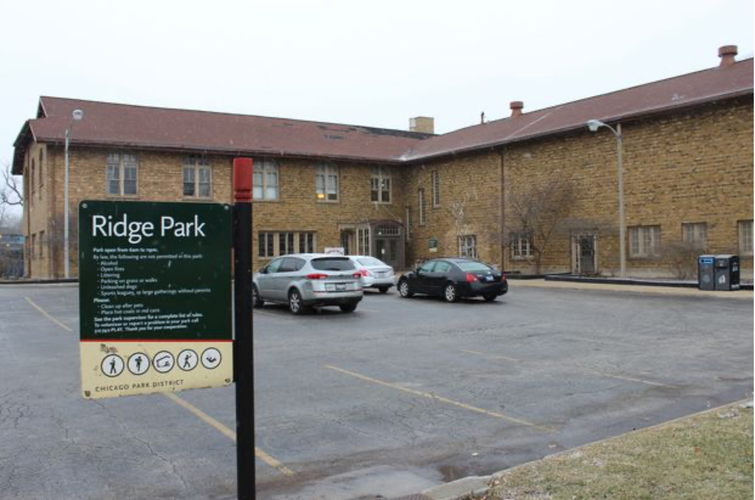

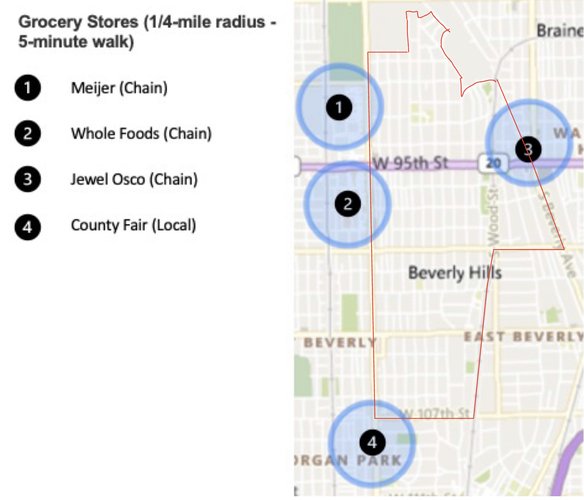
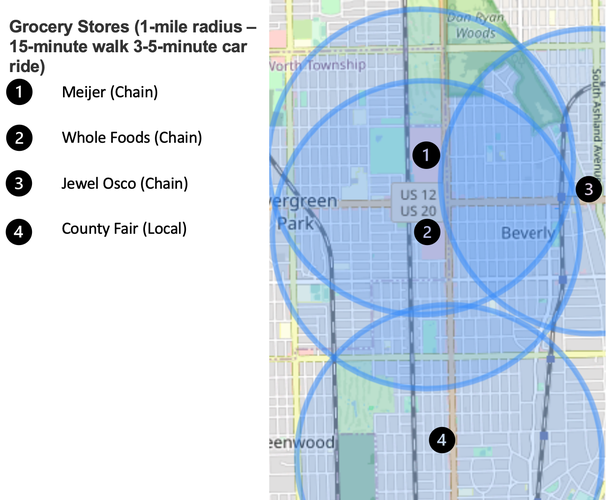

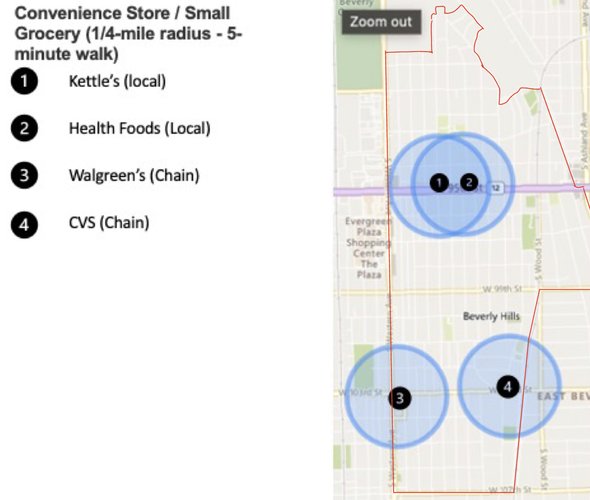
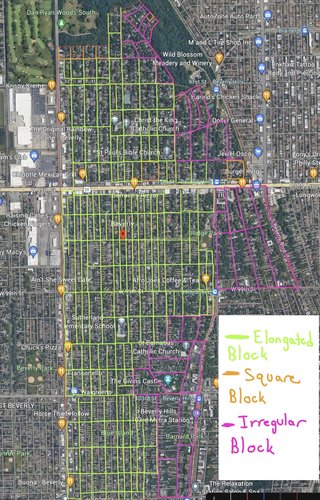
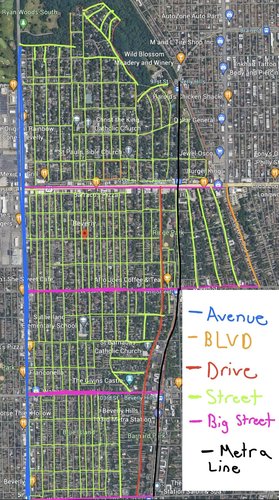
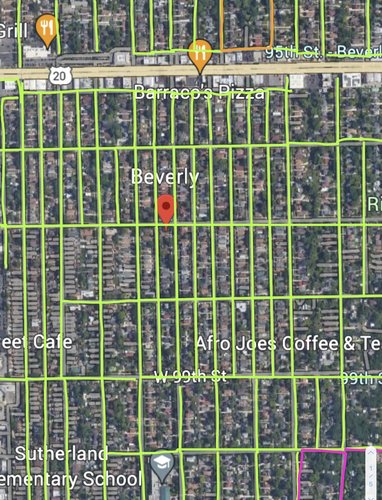

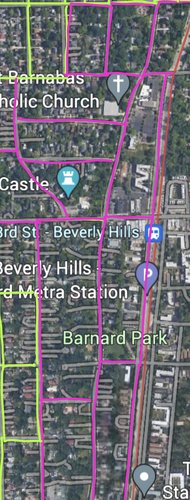
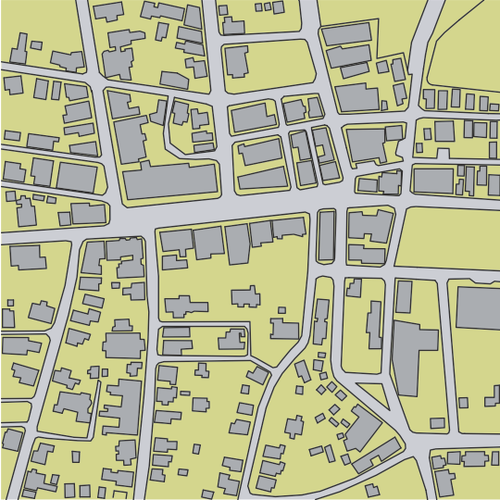
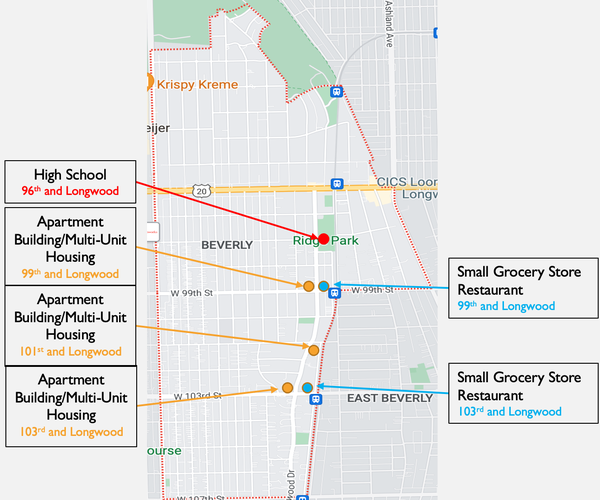
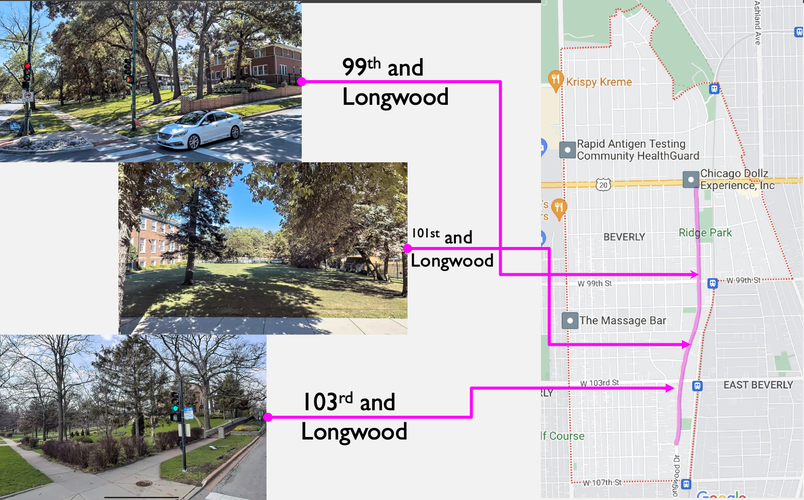
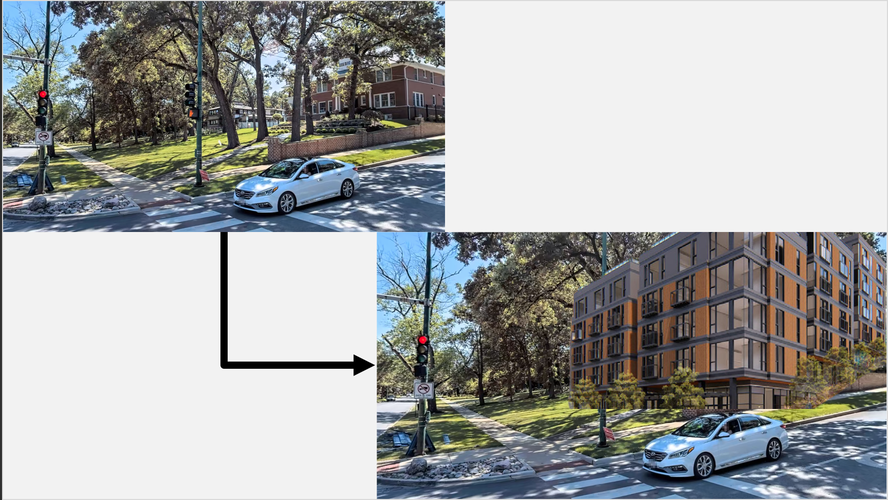
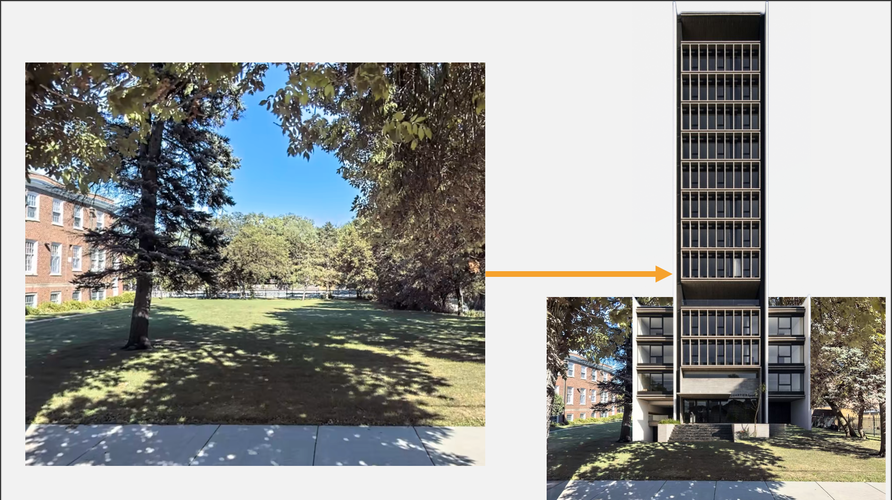
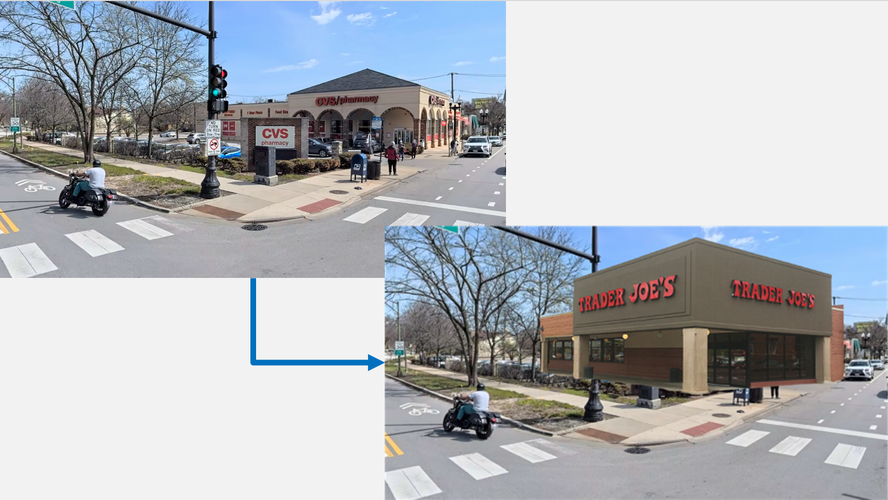
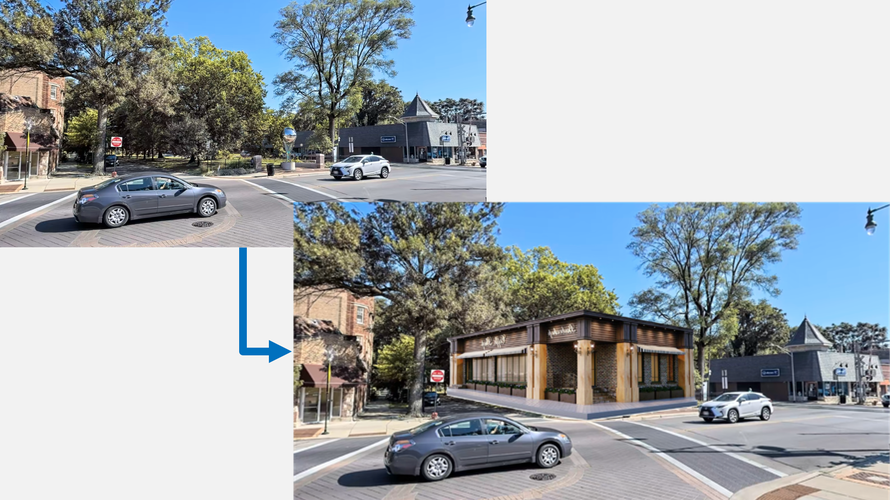
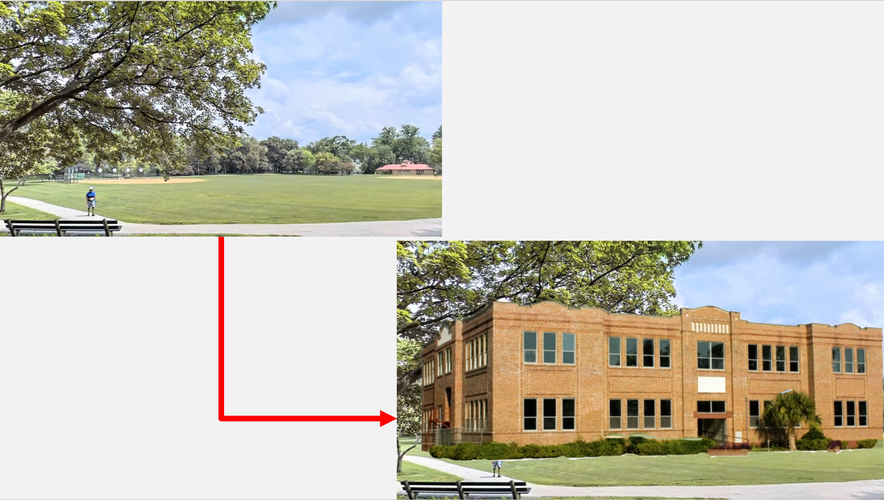
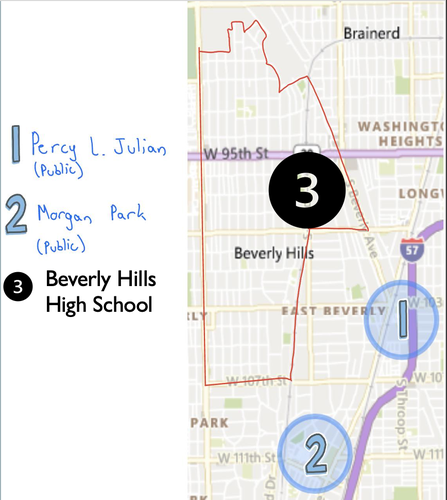
Social Mix
Simpson Index Analysis
Race: Beverly has a Simpson score of 2.36 for race. As shown in the table and graph, Beverly's score is around 32% lower than Chicago's score. This is extremely misleading, though. Beverly is one of Chicago's most racially diverse neighborhoods. While Chicago might be diverse as a whole, races are generally segregated into either the north, west, or south side- or, more specifically, into neighborhoods. One would think the score being lower in Beverly means it is less diverse relative to other neighborhoods, but in fact, most neighborhoods are an even larger majority of one race. The two significant races in terms of percentages are white (54%) and black (35%). The remaining 11% of the population is primarily Hispanic but also includes Asian and Others. Compared to East Beverly, we see a very similar score of 2.32; however, the white population makes up 24%, and the black population makes up 60%.
Household Income: The 2.77 Simpson score for household income is much lower than Chicago's score of 4.48 (close to 40% lower). This makes a lot of sense when you consider that Beverly is primarily single-family homes and is relatively homogenous in the household types. Most people own their homes in Beverly. 55% of households in Beverly take in over $100,000.
Age: For age, it looks like Beverly is only marginally less than the city of Chicago. (Beverly is 3.38 and Chicago is 3.52, only 4% less). The very small percent difference might be due to the fact that residents might need to be a little older and have worked more so they can afford to buy a home.
Summary: Beverly is racially diverse compared to most other neighborhoods in Chicago. But compared to the city as a whole, it seems quite less diverse using the Simpson index. Beverly is relatively homogenous when it comes to household income: a majority of households make over 100K. Age is quite similar to that of Chicago.